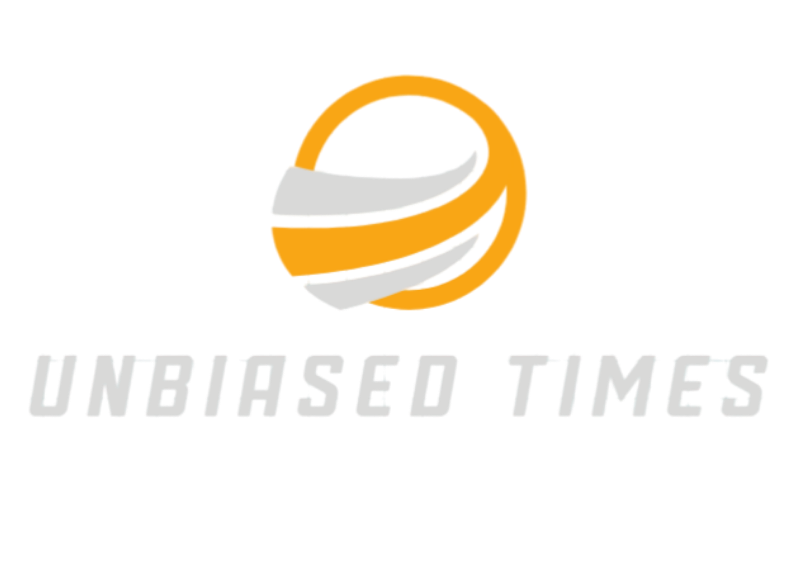Recent data highlights a stark reality in the Australian housing market: house prices have increased significantly, outpacing household income growth, with serious implications for affordability and accessibility. According to a report by the Grattan Institute, national median dwelling prices have more than doubled relative to median household incomes since 2001, going from four times median incomes to over eight times. This rapid increase is not confined to major cities such as Sydney and Melbourne, where dwelling prices have similarly escalated from 6.3 times and 5.1 times incomes, respectively, to figures of 9.8 and 7 times in 2024.
Housing affordability is affecting not just low-income earners but increasingly middle-income Australians, which poses a significant challenge as these demographics hold electoral sway. The commentary by Brendan Coates, a program director at Grattan Institute, paints a dire picture emphasizing that despite the increase in dual-income households—where 63% of women and 71% of men are now working—home ownership remains elusive for many.
The underlying causes of this imbalance include a chronic shortage of housing supply exacerbated by rapid migration post-COVID and historical low-interest rates fueling borrowing capacity. CoreLogic’s insights reveal wages have only risen 82% in the last 20 years, compared to a staggering 160% hike in housing prices.
As political solutions are proposed, such as the federal government's plan to build 1.2 million new homes, skepticism persists regarding the feasibility and political will to correct this imbalance effectively. Just as the labor market includes measures hamstrung by restrictive immigration policies, housing solutions like repurposing commercial properties or easing planning regulations remain contentious.
In reviewing this article, it’s important to consider the broader economic implications of rising housing prices, especially as essential costs like rent consume a larger portion of household income. With the average national weekly rent exceeding A$566, many are more than burdened, gauging against a 30% housing cost benchmark seen as acceptable in a sustainable economy. Without systemic reforms, the prospect of home ownership may slip further out of reach for many Australians, representing a devastating loss of the Australian dream of property ownership.
AD
AD
AD
AD
Bias Analysis
Bias Score:
55/100
Neutral
Biased
This news has been analyzed from 21 different sources.
Bias Assessment: This article showcases a moderate bias as it leans towards highlighting the political and economic failures regarding housing affordability while providing a detailed account of statistical data and expert opinions. The emphasis on the bleak picture painted by economists can skew perceptions about the government's initiatives, potentially leading readers to feel more negative about the effectiveness of proposed solutions.
Key Questions About This Article




